Behavior Chart Samples
-

Therapist Aid Behavior Chart
download now -
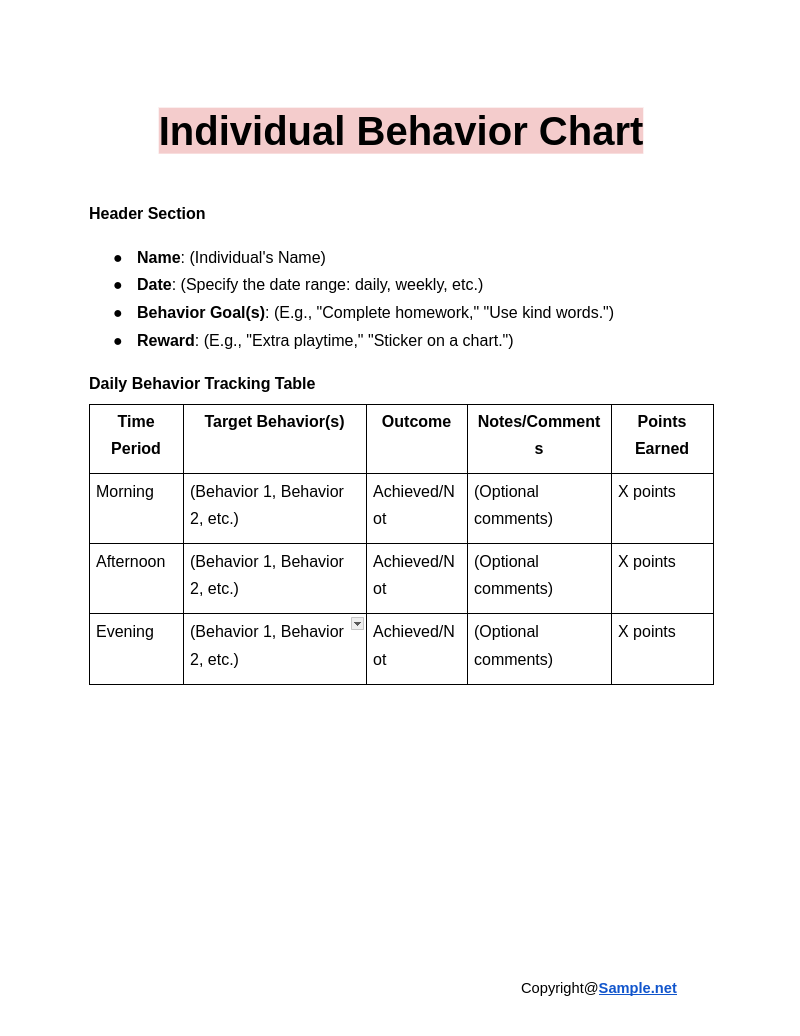
Individual Behavior Chart
download now -
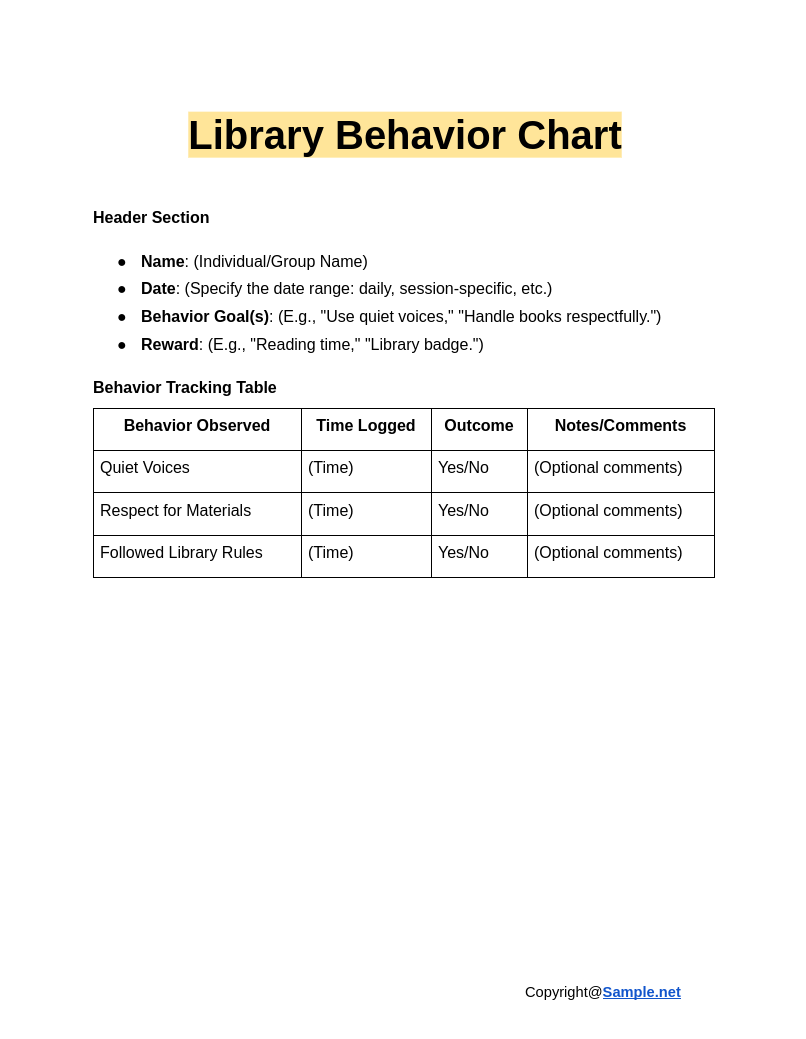
Library Behavior Chart
download now -
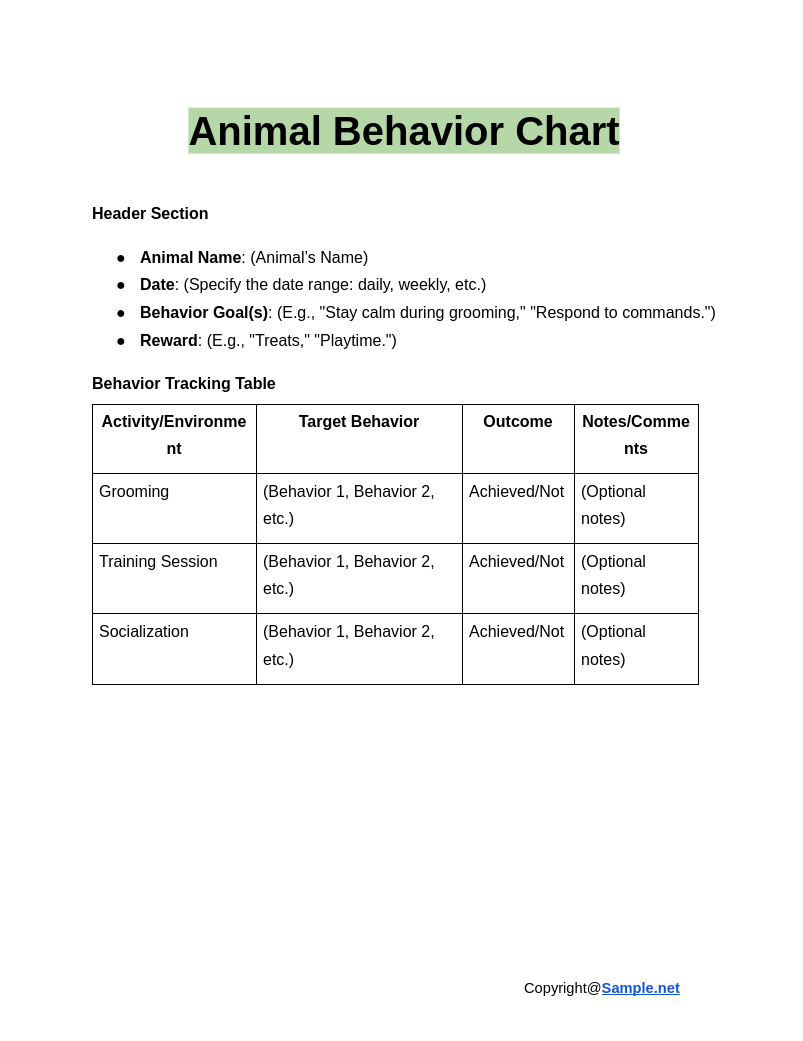
Animal Behavior Chart
download now -
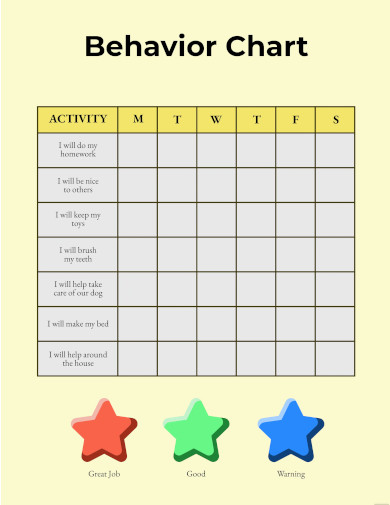
Behavior Chart
download now -
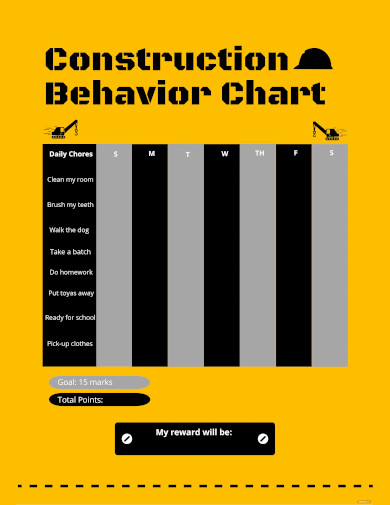
Construction Behavior Chart
download now -
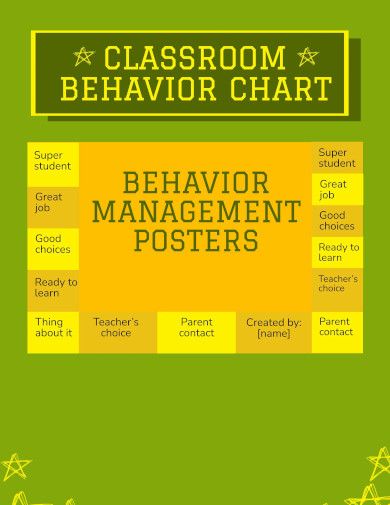
Classroom Behavior Chart
download now -
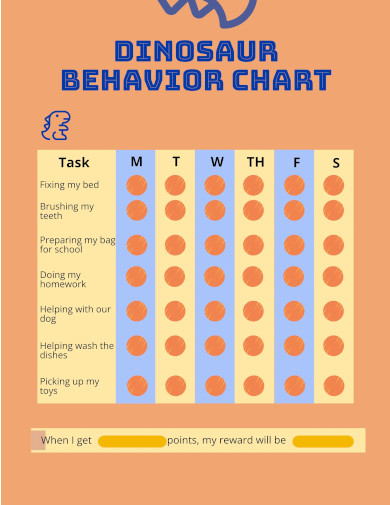
Dinosaur Behavior Chart
download now -
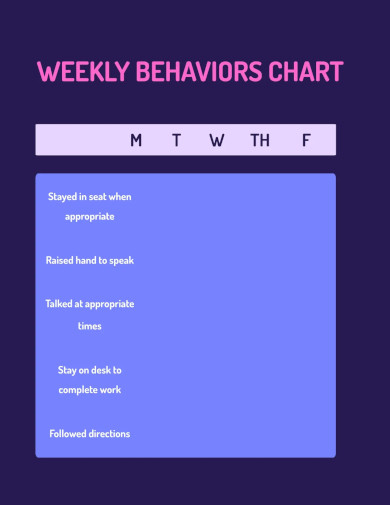
Weekly Behavior Chart
download now -
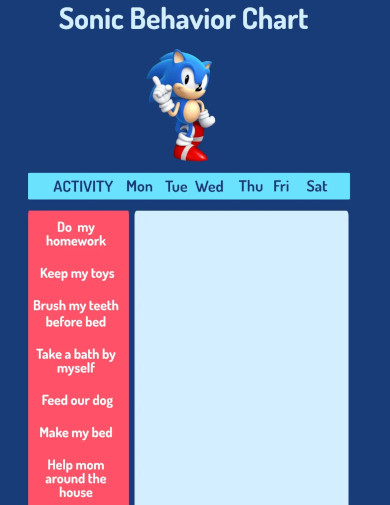
Sonic Behavior Chart
download now -
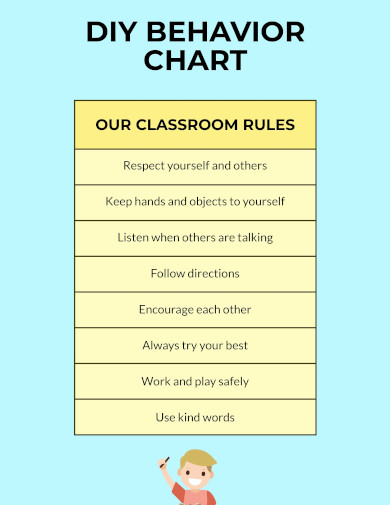
Diy Behavior Chart
download now -
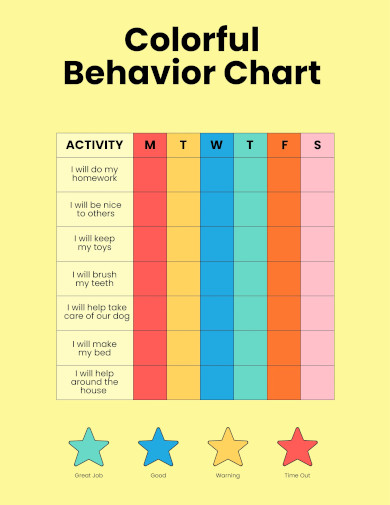
Colorful Behavior Chart
download now -
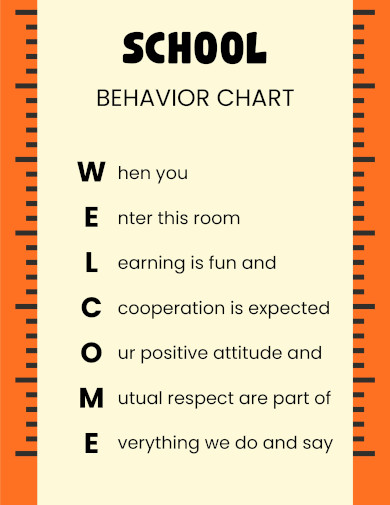
School Behavior Chart
download now -
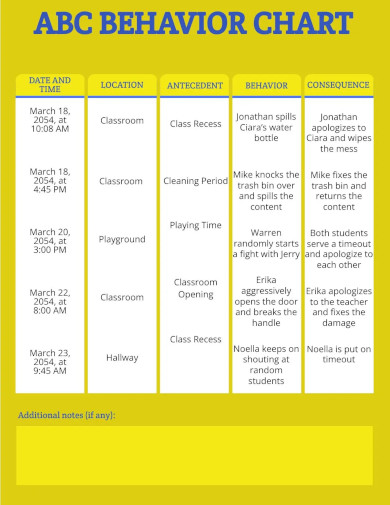
Abc Behavior Chart
download now -
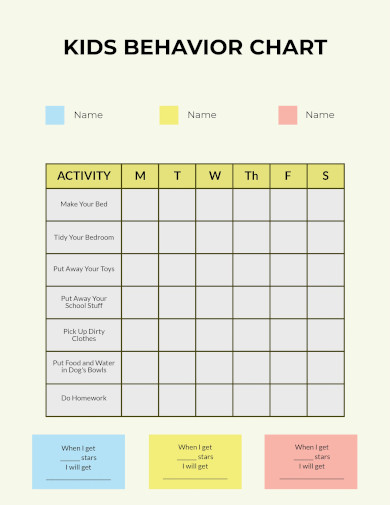
Kids Behavior Chart
download now -
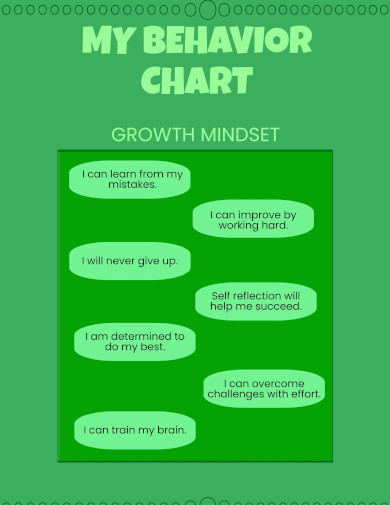
Free My Behavior Chart
download now -
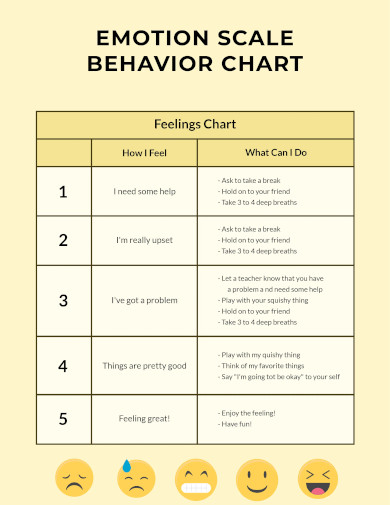
Emotion Scale Behavior Chart
download now -

Kids Positive Reinforcement Behavior Chart
download now -
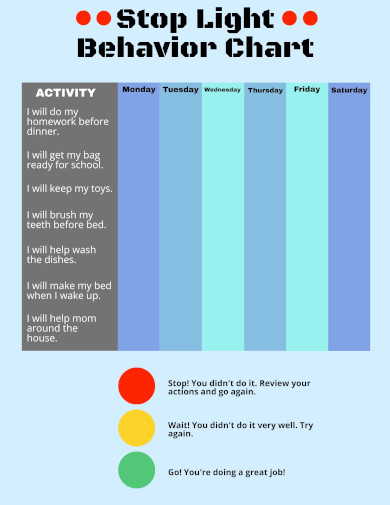
Free Stop Light Behavior Chart
download now -
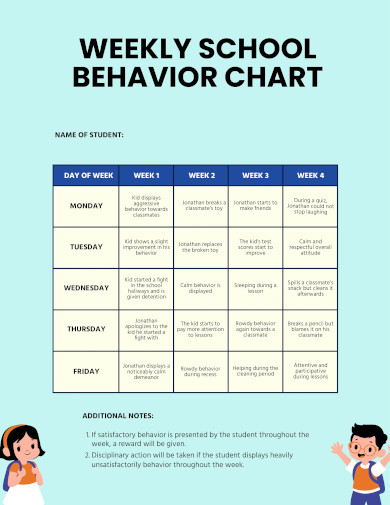
Free Weekly School Behavior Chart
download now -
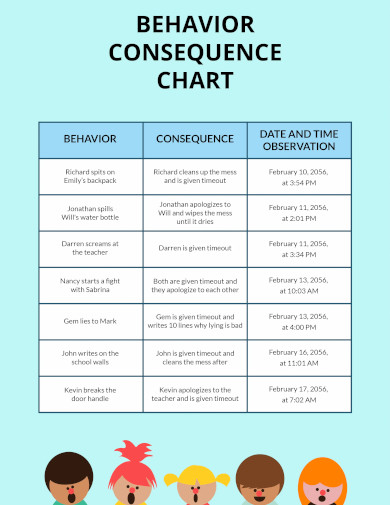
Behavior Consequence Chart
download now -
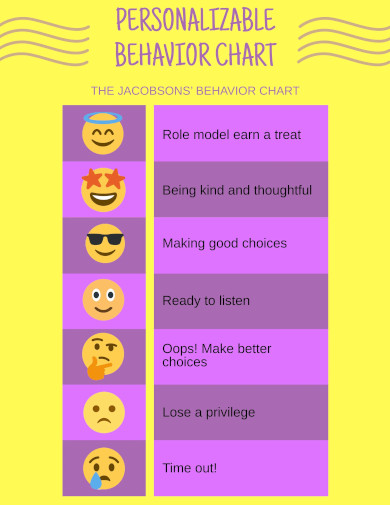
Personalizable Behavior Reward Chart
download now -

Organizational Behavior Development Gantt Chart Template
download now -
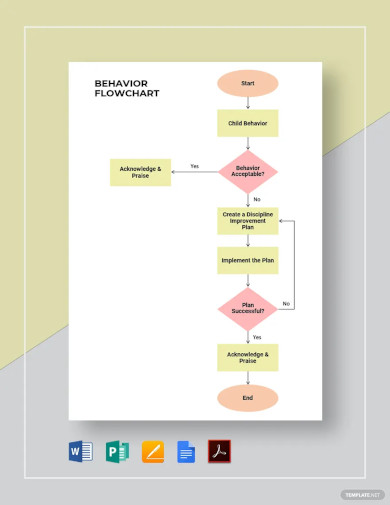
Behavior Flowchart Template
download now -
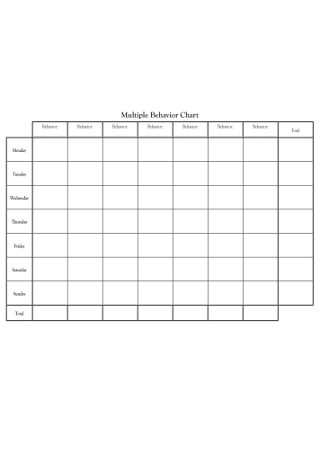
Sample Multiple Behavior Chart
download now -
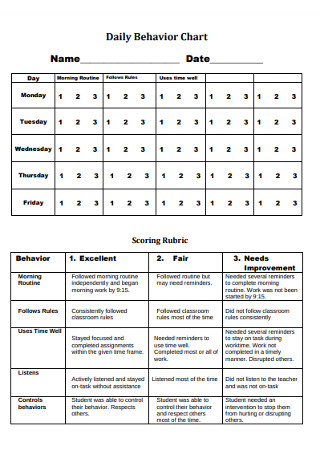
Daily Behavior Chart
download now -
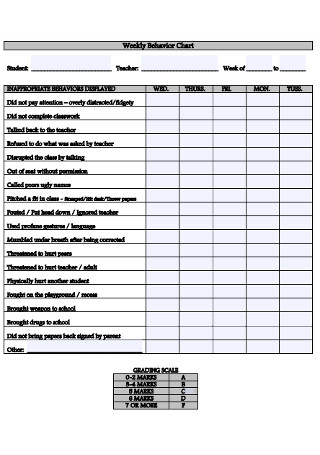
Weekly Behavior Chart
download now -
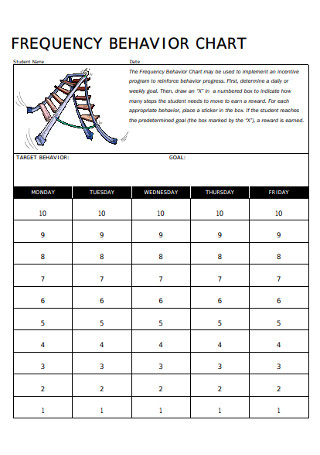
Printable Behaviour Chart
download now -
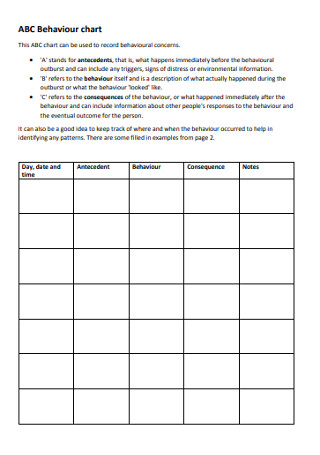
Kindergarten Behaviour chart
download now -
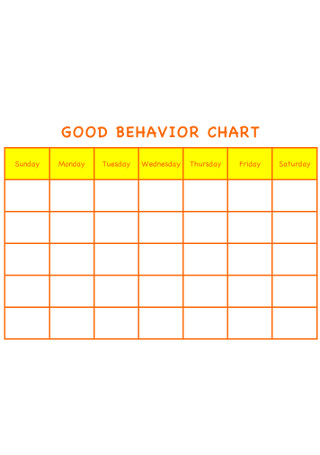
Good Preschool Behavior Chart
download now -
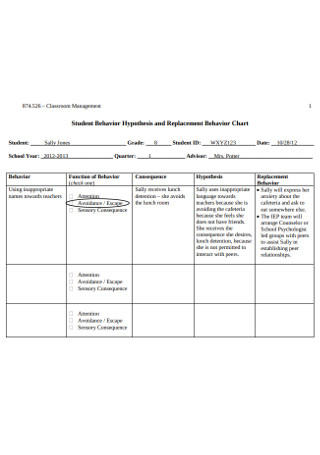
Student Behavior Chart
download now -

Classroom Behavior Chart
download now -
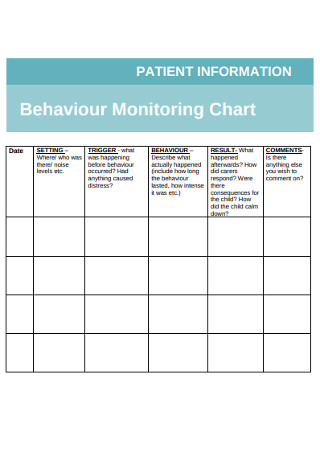
Toddler Behaviour Monitoring Chart
download now -
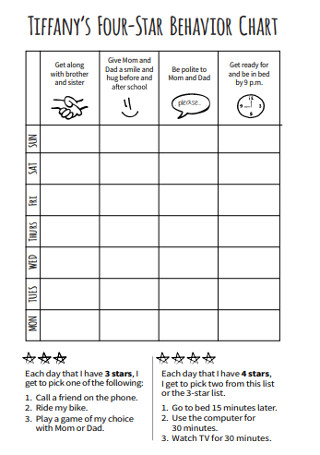
Blank Behavior Chart
download now -
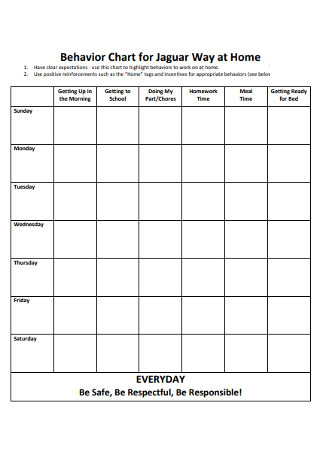
Editable Behavior Chart for Home
download now -
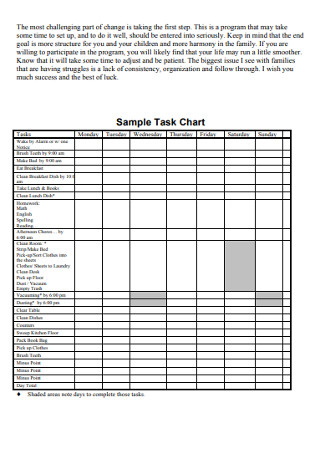
Middle School Behavioral Chart Program
download now -
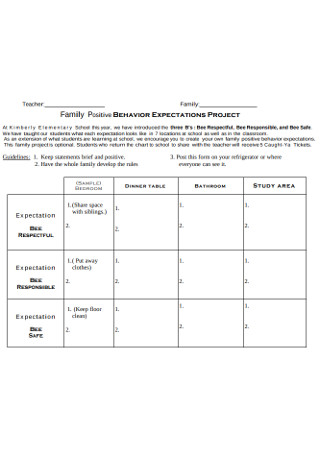
Monthly Behavior Project Chart
download now -
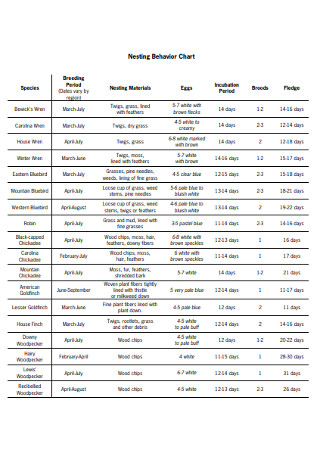
Nesting Behavior Management Chart
download now -
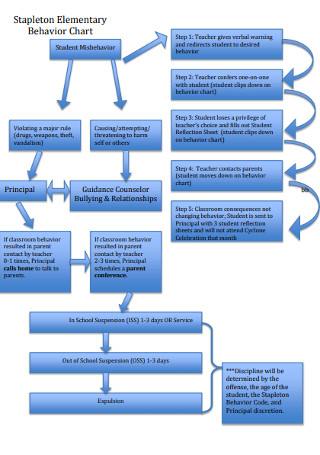
Elementary Behavior Chart
download now -
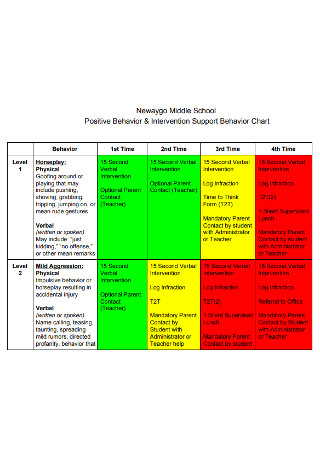
3 Year Old Behavior Chart
download now -

Sample 4th Grade Behavior Chart
download now -
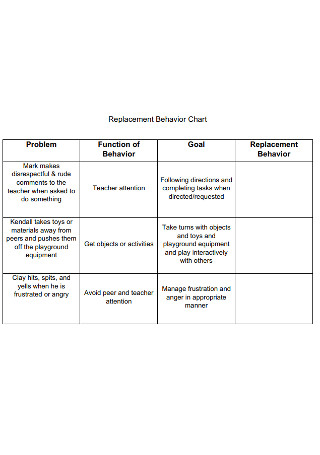
Sample Replacement Behavior Chart in PDF
download now -
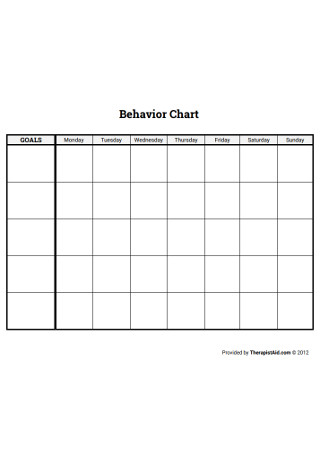
Sample High School Behavior Chart
download now -
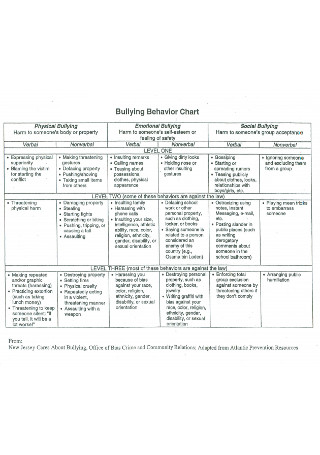
Teacher Behavior Chart
download now -
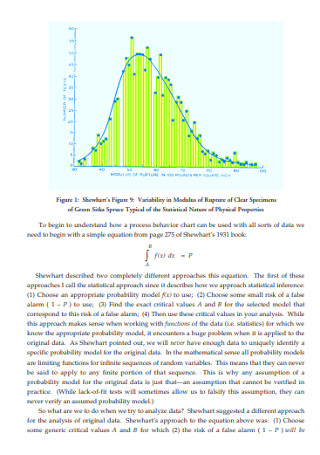
Daily Process Behavior Charts
download now -
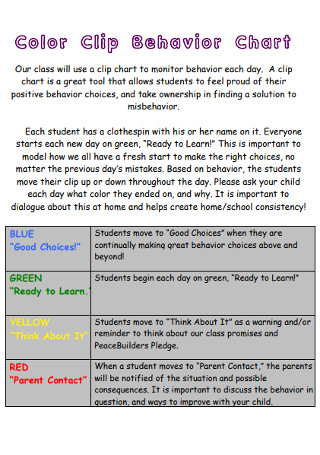
Color Clip Behavior Chart
download now -
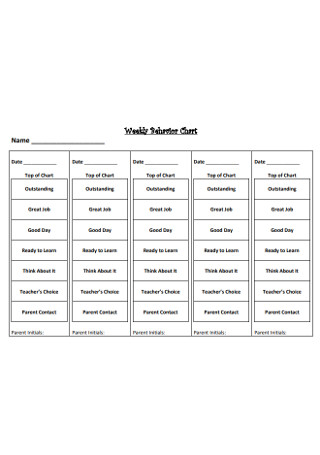
Sample Weekly Behavior Chart
download now -
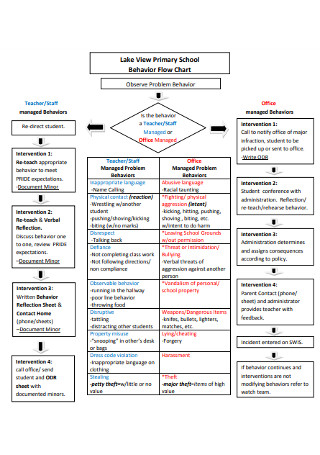
Primary School Behavior Flow Chart
download now -
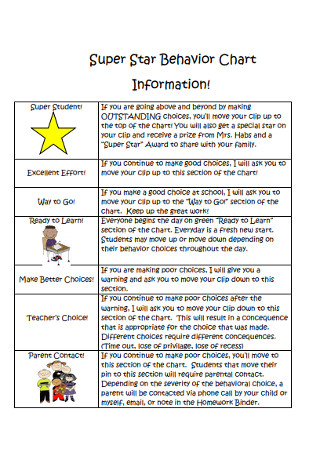
Super Star Behavior Chart
download now -
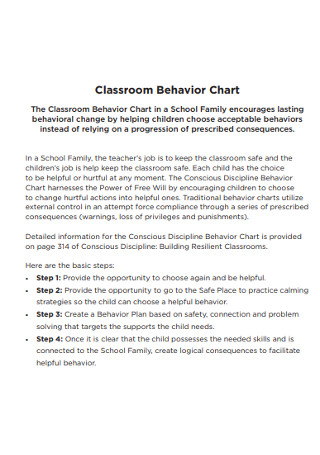
Basic Classroom Behavior Chart
download now -
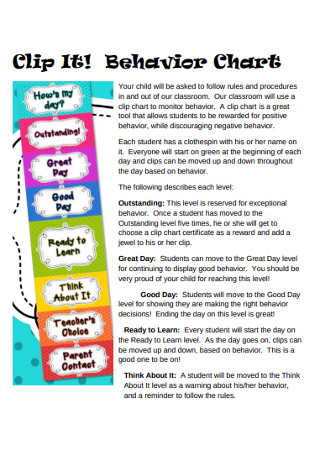
Standard Behavior Chart
download now -
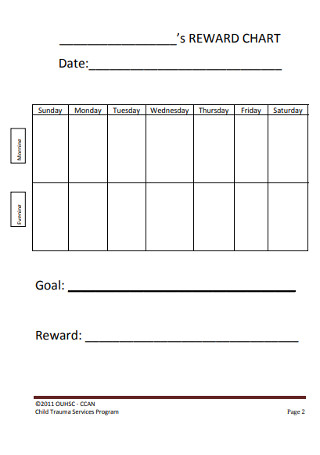
Simple Behavior Chart
download now -
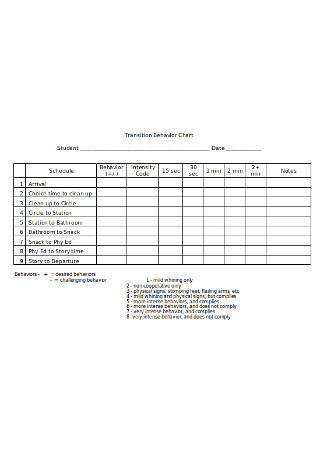
Transition Behavior Chart
download now -
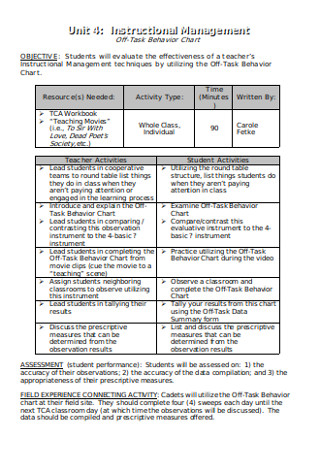
Off-Task Behavior Chart
download now -

Behavior Reward Chart
download now
FREE Behavior Chart s to Download
Behavior Chart Format
Behavior Chart Samples
What is a Behavior Chart?
Key to Motivating Kids: Types of Behavior Chart
Decorating the Table: Five Creative Ways to Design the Chart
How to Create an Effective Behavior Chart?
FAQs
Can intangible rewards work for a behavior chart?
Can I easily change the reward structure whenever I want to?
Is giving my child extra allowances a reward I can use?
When will I stop using behavior charts?
What are the psychological benefits of behavior charts?
What challenges are involved in using behavior charts?
How can technology enhance the effectiveness of behavior charts?
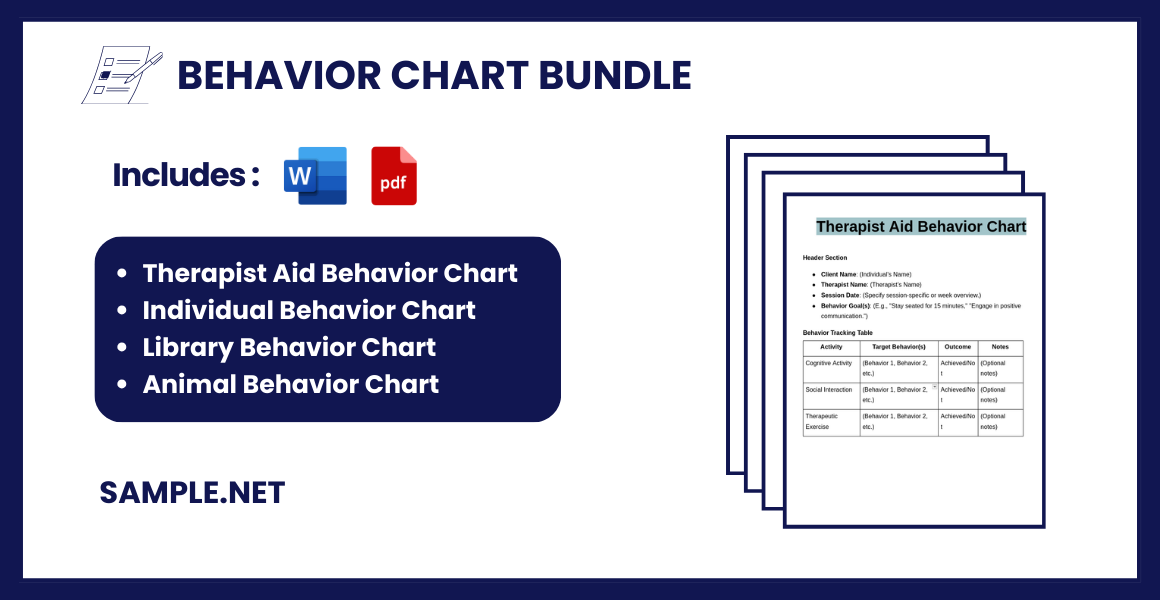
Download Behavior Chart Bundle
Behavior Chart Format
Header Section
- Name: (Student’s/Employee’s/Child’s Name)
- Date: (Specify the date range: daily, weekly, etc.)
- Goal: (Specific behavior goal, e.g., “Follow instructions the first time,” “Complete tasks on time.”)
- Reward: (Outline the reward for achieving the goal, e.g., “Extra screen time” or “Sticker on a chart.”)
Daily Behavior Tracking Table
| Time Period | Target Behavior(s) | Outcome | Notes/Comments | Points Earned |
|---|---|---|---|---|
| Morning | (Behavior 1, Behavior 2, etc.) | Achieved/Not | (Optional comments) | X points |
| Afternoon | (Behavior 1, Behavior 2, etc.) | Achieved/Not | (Optional comments) | X points |
| Evening | (Behavior 1, Behavior 2, etc.) | Achieved/Not | (Optional comments) | X points |
Weekly Summary
- Total Points Earned: (Sum of points)
- Did the Goal Get Achieved?: Yes/No
- Reflection: (What worked? What can improve?)
What is a Behavior Chart?
A behavior chart is a structured framework used to observe, analyze, and improve behavior patterns in various settings, such as education, workplaces, or homes. Rather than being just a document, it represents a methodology to encourage accountability, positive habits, and self-regulation. By visually or systematically tracking behaviors, behavior charts help identify trends and implement strategies for meaningful change. They play a crucial role in understanding the underlying causes of actions and fostering growth. You can also see more on Reward Charts for Kids.
Key to Motivating Kids: Types of Behavior Chart
According to the Raising Children Network, kids learn from the things around them. Through observing their surroundings—using the five senses, they learn about the processes, activities, and norms in society. Arizona PBS (Public Broadcasting Service) mentioned that 90% of a toddler’s brain development becomes fully developed by the time he or she turns five years old. In this time frame, children should have a stable community and a nurturing family. During this stage, children should be encouraged to be responsible, caring, and honest. Going back, what are the types of behavior charts that parents or educators can use to motivate kids.
1. Homework Charts: The norm of having homework started during the preschool years. Even as students move up the ladder of education, they have to complete daily homework delegated by teachers. For children enjoying kindergarten, they receive homework as part of their training to be responsible students. With homework charts, parents and educators can trace the improvements and activities of the youngsters. This type of tool can work as the tracker for the weekly or monthly goals achieved by the student. You can also see more on Behavior Chart For Kids.
2. Chore Charts: Homeowners prioritize keeping their homes clean and orderly. And these particular tasks fall on not only the parents but also the kids. While older offspring can have lengthier and heavier chores—washing plates, watering plants, or washing the car—the young ones are left with simple tasks. Some easy examples are helping set up the table, arranging toys, and placing magazines back in the coffee table. Chore charts are usually for teaching young kids to be responsible in doing housework. Moreover, it educates them about the importance of hygiene and home cleaning. Chore charts can have daily, weekly, or monthly tasks, depending on the objective of parents. You can also see more on Weekly Reward Chart.
3. Routine Charts: When parents want to establish the usefulness of having a routine, they can introduce routine charts to the children. In most cases, routine charts have sets of steps that kids have to observe every day. As an outline of the activities, the tool creates a habit that the child follows to save time and energy. For instance, after-school and after-dinner routines can help balance the day-to-day projects of children.
4. Weekly Behavior Charts: Unlike the other examples, weekly behavior charts focus on the conduct and actions of the child. Most parents use this material when their kids are too lazy, negligent, or angry. With this material, the parents can align smart goals with lessening and eliminating unruly behavior of kids. Importantly, weekly behavior charts need a specific and rigorous system for it to work well.
Decorating the Table: Five Creative Ways to Design the Chart
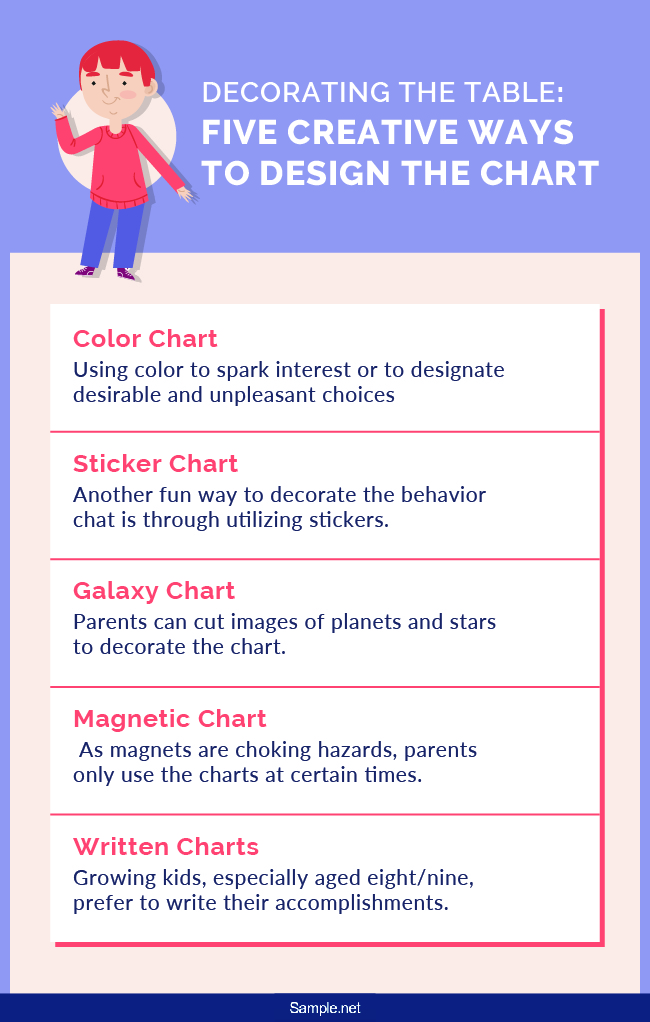
The Summit Medical Group mentions that the average attention span of kids equal to their age multiplied by three to five minutes. As an example, a four-year-old attending kindergarten can be attentive for more than ten minutes in class. Besides the energetic approaches that teachers use to capture the attention of toddlers, they also use colorful and lively designs in the classroom. In a way, artistic works are noticeable to the children. Hence, educators and parents should find ways to make their behavior chart appealing to the young ones. So, here are the five creative ways to brighten the look of the behavior chart.
1. Color Chart
Some people associate colors with emotions and activities. The fad is not new, considering lots of individuals have their favorite shades in the spectrum. Using color to spark interest or to designate desirable and unpleasant choices becomes an excellent approach to improving the behavior of kids. Having a color category will help kids remember the colors they aim for and what they should avoid. At times, using the kid’s favored color as the “good choice” can be acceptable. You can also see more on Chore Chart for Kids.
2. Sticker Chart
Another fun way to decorate the behavior chat is through utilizing stickers. Nowadays, every child has a favorite cartoon character based on a movie or video they’ve seen on electronic devices. Using the information, parents can look for or print stickers of the superheroes, princesses, or cartoon characters as the reward for good behavior. Other amusing stickers are shapes, furniture, and pets. Whenever the youngster completes a task, he or she receives stickers to place on the chart or keep.
3. Galaxy Chart
Does your child love outer space and all the heavenly bodies in it? If so, using galaxy charts can be entertaining. Parents can cut images of planets and stars to decorate the chart. Through this process, the kid will be excited to do activities and finish homework. Furthermore, parents can also use galaxy-related rewards to motivate their young ones. It can take time, but it’s enjoyable for the family.
4. Magnetic Chart
This particular chart is best for kids five years old and above. As magnets—especially small ones—are choking hazards, parents only use the charts at certain times. When appropriate, magnetic charts are fun and fancy. There are thousands of magnetic pieces that parents can use in the chart, much to the appreciation of the kids. Sometimes parents can use food or letters to encourage the children to finish the homework or chore. You can also see more on Tracking Chart.
5. Written Charts
Growing kids, especially those aged eight or nine, prefer to write down their accomplishments rather than using stickers, stars, or magnets. Sometimes in the form of journals and sketchbooks, written charts ensure parents that their kids are following the set objectives honestly. In a way, this activity trains the kids to be responsible. Additionally, middle school and high school students can also use written charts to track down the progress they have in school.
How to Create an Effective Behavior Chart?
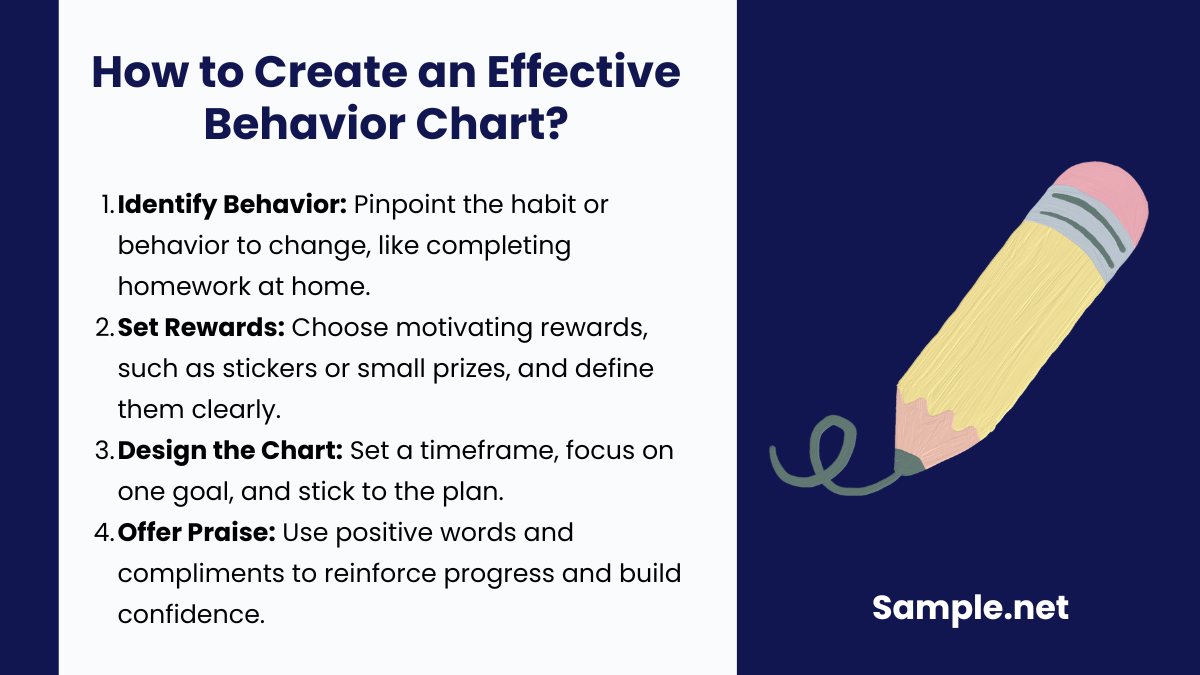
The World Health Organization (WHO) released an article about facts on childhood. It mentions how the human brain increases its capacity for learning within those early years. Known as the “critical years,” this certain period builds the character and confidence of the child. During this time, parents and teachers act as guides to help kids comprehend and adapt to the environment and society. Behavior charts, in a way, assist these educators towards a common goal of instilling patience and motivating kids to do their responsibility. So, what are the steps in creating a useful behavior chart for schools and homes?
Step 1: Determine the Behavior to Develop or Change
When creating a useful chart, educators and parents should first determine the behavior or habit they want to change or adapt. By pinpointing the primary goal, forming the content of the chart becomes more comfortable. For instance, a 3rd-grade teacher wants to encourage students to finish homework at home rather than in school. The instructor designs a behavior chart that motivates students to avoid making the assignments in class. With that, people formulating behavior charts must have clear goals in mind. You can also see more on Chore List.
Step 2: Define the Reward System
An essential aspect of a behavior chart is the reward system. The planners have to decide which merit works best for the situation, particularly in the behavior they want to alter. Will spiderman stickers be enough? Are glow-in-the-dark stars and hearts sufficient? Clearly defining the rewards that the kid will receive will help motivate his or her actions towards the goal. So, determine the reward system that fits with the kid and the budget.
Step 3: Describe and Clarify the Chart
The behavior chart, even with its usefulness in changing habits, has its limitations. This tool is more effective for children aged three to eight years old. Additionally, it applies only to a specific timeframe—at most, a few months. That said, make sure you create a schedule for the material. Include the starting and end date together with the tracking plan. Keep the objective of the focus of the behavior plan and refrain from randomly replacing goals. As parents or teachers, stick to the program and revise when the time is right.
Step 4: Encourage the Child Through Other Means
Besides the reward system designed for behavior charts, parents and teachers can also use other ways to recognize the achievements of the toddler. Using comforting words of encouragement and praises for the children can help ease the tension of tasks. Moreover, optimistic phrases and language have a constructive impact on the understanding of the child. Although this does not entail that positive words should be used to ward off unwanted behavior. Instead, the guardians must use positive words to explain the situation and avoid the circumstance from happening again. You can also see more on Behavior Contract.
FAQs
Can intangible rewards work for a behavior chart?
At times, intangible rewards—like recognition for hard work, praise for the completed job, and thank you letters—can work for the student or child. But it would be best to assess the situation first before figuring out which reward system will work. After establishing which method works, you can use it for the behavior chart.
Can I easily change the reward structure whenever I want to?
If the current arrangement proves to be ineffective after a few weeks of utilization, you can revise the reward system right away. Since the goal is encouraging the child to be more responsible, the feedback for change should be immediate. Give the new diagram a few days or weeks to see improvements. You can also see more on Flow Charts.
Is giving my child extra allowances a reward I can use?
Yes, you can also use this reward method when using the behavior chart. Serving as the “merit” for good behavior, you can opt to give a few extra dollars on the allowance. Besides additional allowance for the child, you can also provide different prizes that do not include monetary rewards.
When will I stop using behavior charts?
Using the charts can help improve the behavior of the child, but it’s not only the approach available for parents. Since based on external incentives, the method only applies to a limited expanse. According to Raising Children Network, reward or behavior charts work best for children between ages three to eight. If there had been significant developments, parents could stop using behavior charts. You can also see more on Measurement Chart.
What are the psychological benefits of behavior charts?
Behavior charts promote accountability and intrinsic motivation by encouraging individuals to recognize patterns in their actions. They help build self-discipline, reduce anxiety, and establish a positive feedback loop, making them effective for behavior modification.
What challenges are involved in using behavior charts?
Challenges may include inconsistent updates, subjective evaluations, or lack of participant buy-in. Addressing these issues involves clear communication, consistency, and tailoring the chart to the individual or group’s needs.
How can technology enhance the effectiveness of behavior charts?
Digital behavior charts offer automation, real-time updates, and analytics for deeper insights. Apps or online platforms can make tracking more accessible, especially for large groups or long-term goals. You can also see more on Bar Chart.
